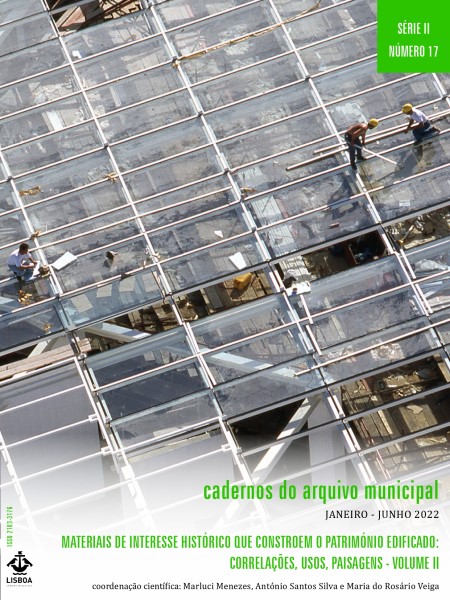The mansard roofs of Lisbon Pombaline Downtown, from the XVIII century to the first quarter of the XX century: between the model inflexibility and the materials variability
DOI:
https://doi.org/10.48751/CAM-2022-1725Keywords:
Mansard roof, Azulejo tile, Ceramic roof tile, Slate shingle, Metal sheetAbstract
In Lisbon, the mansard roof appears in the Portuguese architectural lexicon in the 18th century, imported from French models. Carlos Mardel’s pioneering examples replicated the foreign model, however, he adapted it to the country’s constructive reality by executing it with the available materials, in this case, the ceramic tile. However, the mansard would not settle in the city’s architectural culture, and its use as a roofing system disappeared, returning only in the final decades of the 1800s. By this time, the model echoed the ones made during Paris renovation by Georges-Eugène Haussmann, being once again adapted according to the new materials made available by the construction industry at the time, such as metal sheets, Marseille tiles, slate shingles and azulejo tiles. In this article, the context of the emergence of these materials is analyzed, in addition to hypotheses that aim to understand the choice of one over the other for mansards.
Downloads
Downloads
Published
How to Cite
Issue
Section
License
Copyright (c) 2022 Caio Rodrigues de Castro; João Mascarenhas-Mateus; Amílcar Gil e Pires

This work is licensed under a Creative Commons Attribution-NonCommercial 4.0 International License.
The authors retain copyright and grant the journal the right of first publication, with the work simultaneously licensed under the Creative Commons Attribution License CC BY-NC 4.0 which allows sharing and adapting the text as long as its authorship is correctly attribbuted with recognition of the initial publication in this journal.









